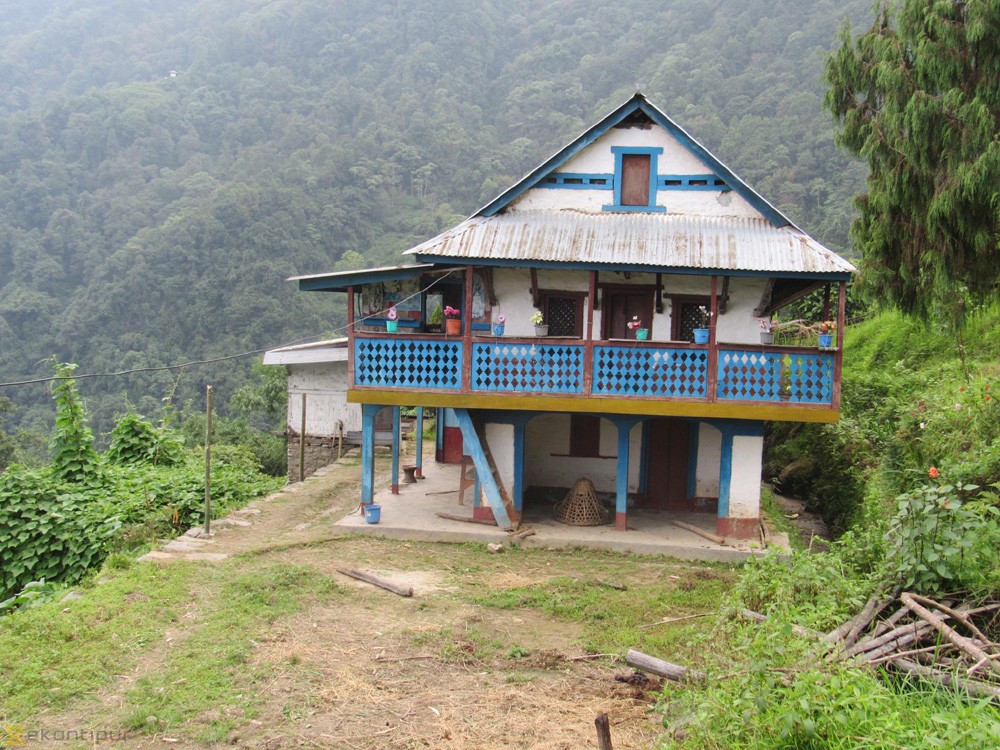Tehrathum, July 12, 2016:Â Population of Tehrathum district has shrunk by more than 75 percent in the past 50 years. The district population stood at 422,952 according to the 1961 census. The 2011 census saw the population drop by staggering 321,000 to 101,577. This dramatic decline in population is largely attributed to migration.
According to Kishor Chandra Dulal, former chairman of the District Development Committee, people in Tehrathum have been moving to the Tarai districts for better facilities and opportunities. “The migration trend has affected the development activities of Tehrathum as a whole,†he said. The 2011 census report states that in the past one decade, the district population has been declining by 10.20 percent annually.
In the past seven years, as many as 54 families from Samdu VDC left for various Tarai districts and Kathmandu in search of jobs, better schools for kids, and various facilities that are not available in the district. “Many families are still migrating, leaving behind their ancestral homes and properties,†said Durga Bhandari, the secretary of Samdu VDC. “There is also a high migration rate in other parts of the district, including Panchakanya, Okhare and Phakchamara VDCs.†Surendra Khadka, the secretary of Okhre VDC, says better opportunities and facilities alone are not the only factors driving Tehrathum’s population to move to city areas.
“There is also the scarcity of food and drinking water in many parts of the district that are forcing many families to leave their homes. There are also cases of families abandoning their villages because of the menace caused by wild animals,†Khadka said. Bhim Bahadur Thapa, the coordinator of Local Peace Committee, says the government efforts to stop migration trend in the district have been largely ineffective.
“When people don’t have basic facilities, they will naturally leave. There is a problem of endemic poverty in the district which needs to change,†he said. “Several schools have closed down because there are no children to teach and one could see fallow land and vacant homes in many villages.â€
By Chandra Karki







